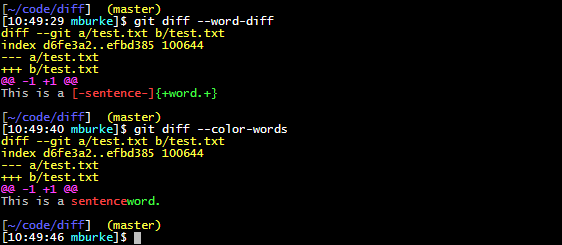Lucene Boost with LINQ in Sitecore 7 ContentSearch
Finally figured out how to boost certain fields using Sitecore 7’s
ContentSearch LINQ provider. Boosting provides relevance enhancements when a
search term is found within a field. For example, a search term found in a
documents title or keywords field is probably way more relevant than if its
found in the body.
You may have stumbled across the Boost extension method but couldn’t get it
to work.
The issue is that the Boost extension method does not work with the ==
operator: you have to use a method like .Equals or .Matches. (I think I’ll
throw up another post with the other provided LINQ operators).
So if you have a document type like BlogSearchResultItem:
BlogSearchResultItem.csusing Sitecore.ContentSearch; using Sitecore.ContentSearch.SearchTypes; public class BlogSearchResultItem : SearchResultItem { [] public string Title { get; set; } [] public string Keywords { get; set; } [] public string Body { get; set; } }
You can boost the search term using Boost:
Search.cspublic SearchResults<BlogSearchResultItem> Search(string term) { using (var context = ContentSearchManager.GetIndex("blog_posts").CreateSearchContext()) { var query = context.GetQueryable<BlogSearchResultItem>(); return query.Where(b => b.Title.Equals("test").Boost(2.0f) || b.Keywords.Equals("test").Boost(1.5f) || b.Body == "test").GetResults(); } }
This should yield the following Lucene query:
Search.log.txttitle:test^2.0 keywords:test^1.5 body:test



